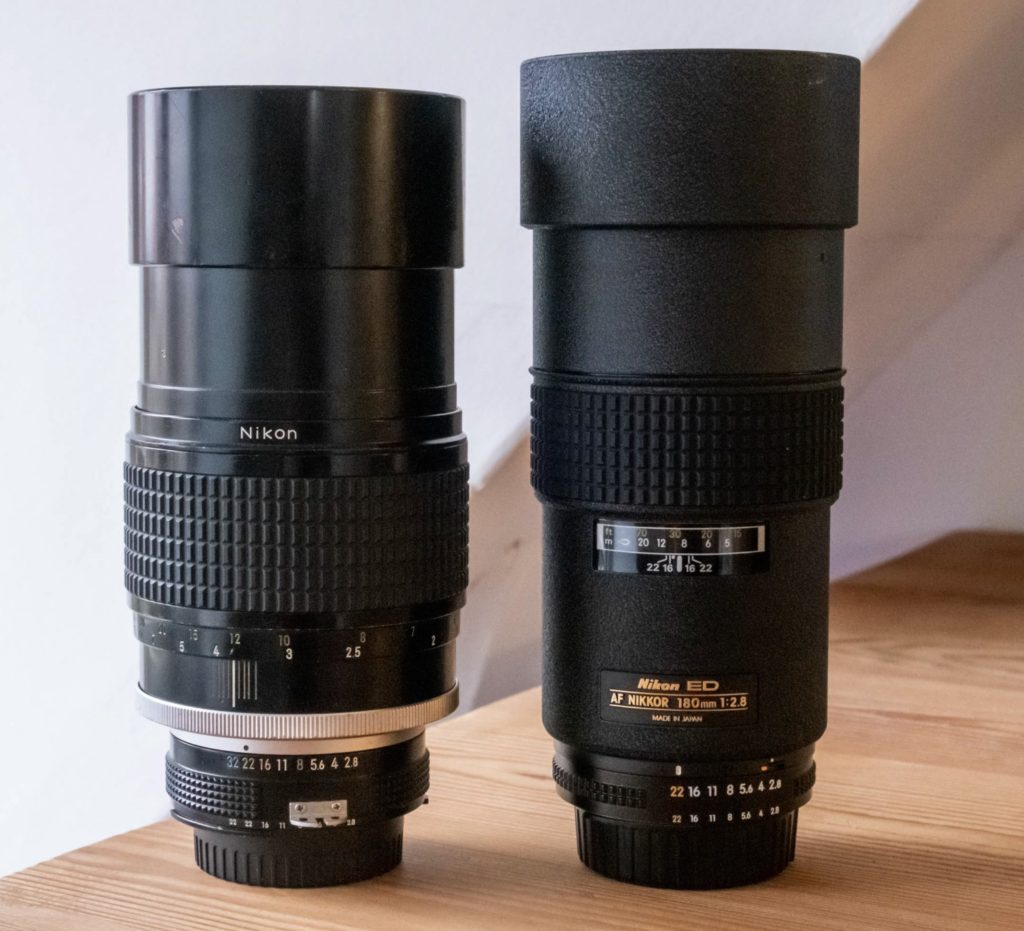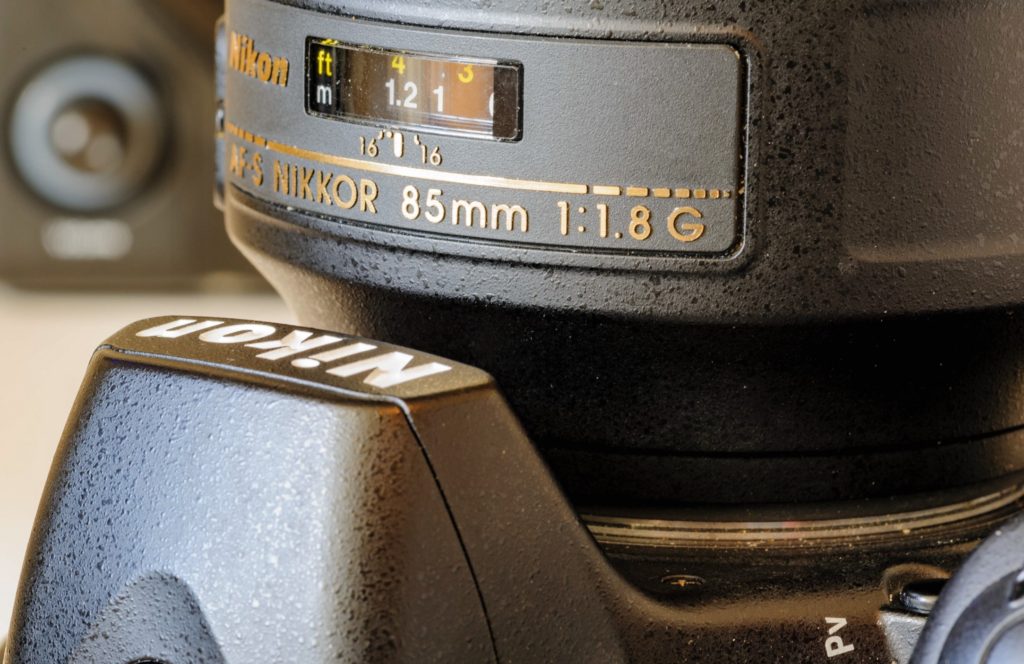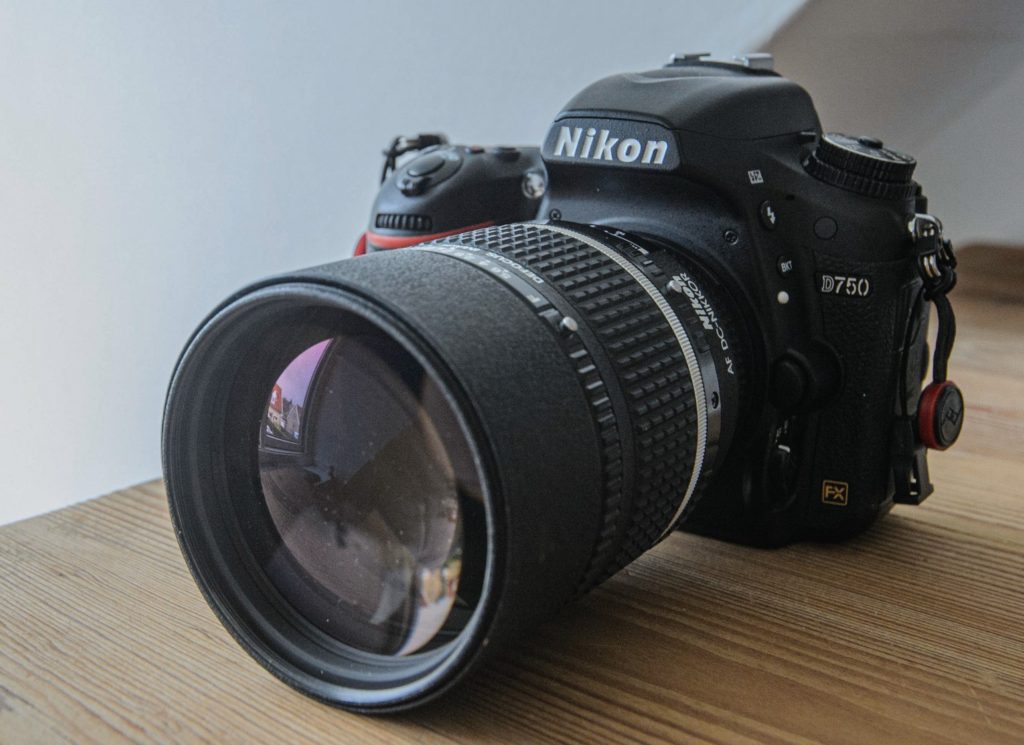Fixed focal length
A prime lens is simply a lens with a fixed focal length. You cannot zoom in or out – you only got one length to work with. It can seem strange to limit yourself to one focal length when zoom lenses that offer an interval of focal ranges have been around for a long time. But there are benefits of a prime that still today makes primes a preferred tool amongst photographers.

First and foremost, a prime lens is a much simpler construction than a zoom. In a zoom lens there is glass moving as you zoom in and out. None of that in a prime, and that brings us to the first benefit of a prime: it is typically much lighter and more compact than a zoom. If you want to travel light, then a few well chosen primes can be a much more backpack friendly solution than a prime.
Secondly, as the zoom lens has more moving parts that need to align perfectly and move at the same time, some say that primes are sharper than zooms. I think this argument was right in the early days of the zoom lenses, but this day and age they are very close, and if you notice the lenses photo journalists uses, you will see that zooms are the preferred lens type. That would not be the case if zooms had sharpness issues. So for vintage lenses this argument is probably true, for modern lenses less so.

Thirds, as the primes have a more simple construction they are also cheaper to produce, and hence the price is lower. Of course, if you need to buy several primes to have the same access to focal ranges as a zoom offers, then the price difference of course diminishes as you dig into more and more primes. However, a portrait photographer may actually only need a 85mm prime and that’s it and then buying a 70-200mm zoom may not be relevant at all.

Fourth, and maybe the most overlooked argument of them all, is that primes can let in a lot more light. Most fast zooms can “only” go to f/2.8 in the wide end, whereas a prime often can go to f/1.8 without breaking the bank, and if you are willing to break the bank, then f/1.4 is often seen. The fastest lens I got is my portfolio is the Nikkor 50mm f/1.2, but there are primes that will go even faster, actually below f/1.0!!
If you need the lens to take in a lot of light, for example because you shoot in low light or fast moving subjects, then a prime will enable you to capture much more ambient light than a zoom. And every time you go one stop faster, you double the amount of light, so in some situations with very little light and no options for adding light (flash etc), primes may be the only workable option.

Finally, some say that if you shoot with primes, you volunteeringly limit yourself. In this way, you stress your own way of working and step a bit out of your comfort zone. This is probably more related to developing as a photographer than a heads to head compare of primes versus zooms, but you really force yourself to think differently or position yourself differently relative to the subject, in order to get the result you are after. I assure you, it can be super frustrating when you are used to the comfort of a zoom lens, but give it a try and see what happens. You may find you like your new way of shooting.
Related reading
What is the holy trinity of lenses in photography?
Can you zoom with your feet in photography?
